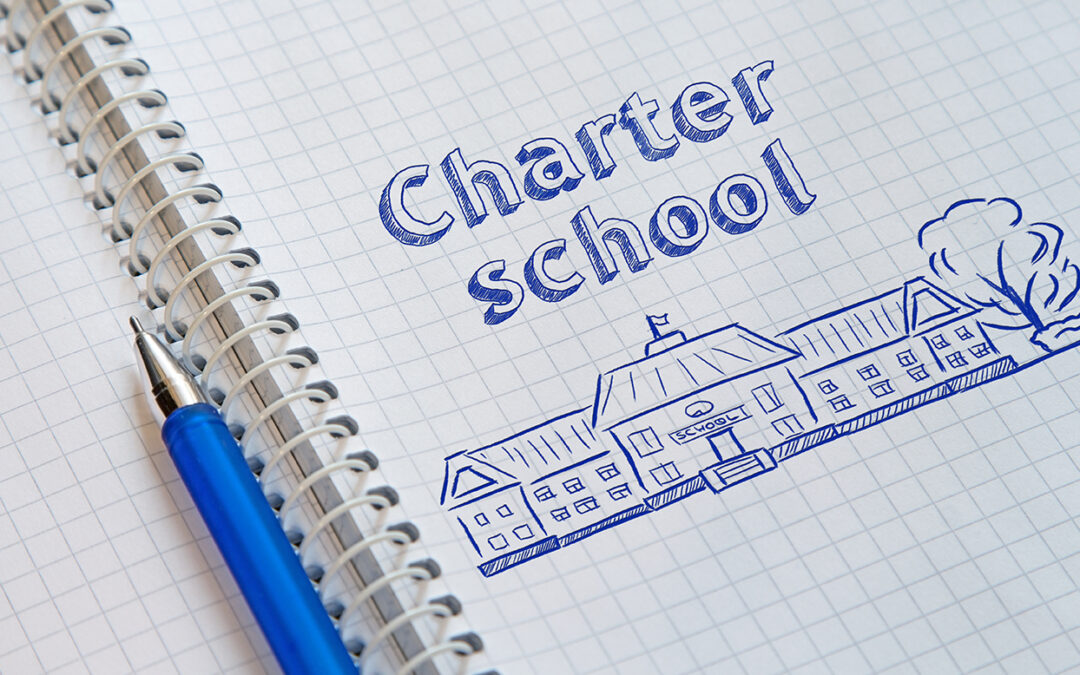by CJ Sanders
Approximately 3.6 million students attend charter schools in the U.S.
Short History
The idea of charter schools originated in the 1970s when a New England professor, in partnership with the president of the American Teachers Federation, had the idea for teachers to set up charters or contracts, with their school districts to explore and implement new ideas and methods in teaching and to avoid the obstacles imposed by bureaucracy.
By the 1990s, charter schools, also known as community schools, began to pop up all over the country. The objective was to offer students more learning options. Since early on, one form of charter school has been district-charter schools, which are part of the school district, but are allowed to operate with a separate budget and with autonomy under the district’s oversight. Many of these district-based charter schools perform a type of homeschooling, with parents doing the actual teaching at home, but meeting with an assigned teacher-monitor for weekly or bi-weekly meetings to discuss the student’s work, answer questions or address problems and assign future study.
Yet another form of charter is charters that are autonomous from school districts and operate with an individual charter from the state or local government, which also sets the rules and target goals for academic performance.
In some very large metro areas (Chicago, for instance) charter schools can provide quality instruction to previously underserved neighborhoods. These schools do not offer sought-after diversity, since the populations of most of these neighborhoods are people of color, but that is no different than charters in more affluent areas, where students of color might be in the minority. In many of these areas, charter schools are more like private schools – these may be operated by private, for-profit companies contracting with the state governments.
Finally, another type of charter is a stand-alone school, started by community organizers and/or parents to solve local problems. For example, there is a charter school in New York – the NYC Autism Charter School – that provides free education to students with autism. Charter flexibility makes it possible to address special needs instruction more effectively than the regular public school can.
Funding
Charter Schools are funded differently in different states. In California, they are funded by state and local funds. In Ohio, they are funded directly by state, local and public taxes. On a national basis, charter schools receive approximately 61% of the amount the regular district schools receive. This averages, approximately $6,500 per pupil versus $10,700 at the district public schools. As an added burden, many charter schools have to secure a facility on their own and many strip malls include charter schools as an anchor.
Some charters have a specific curriculum goal, such as STEM, the arts of language immersion. They are also flexible in teaching styles depending on the chartering groups’ philosophies. Member families are given the Average Daily Attendance (ADA) monies that normally go to the school district to purchase materials and classes through the charter schools Approved Vendor list – for both online and in-person instruction. If a family knows of a math curriculum that sounds useful to their child, they can use the ADA money to purchase it or a lecture series that is delivered online. So, each charter school offers different learning opportunities and materials.
Performance
In any conversation regarding education, the burning questions is “How do charter school students perform compared to their non-charter counterparts?”
In a 2023 study, 83% of charter school students performed equal to or better than their non-charter peers in reading and 75% performed equal to or better in math. Those statistics would seem to quiet any sort of doubt about the academic strength of charter schools in general. With this new information, one can see that charter schools are alive and well and here for the longer haul. CJS

